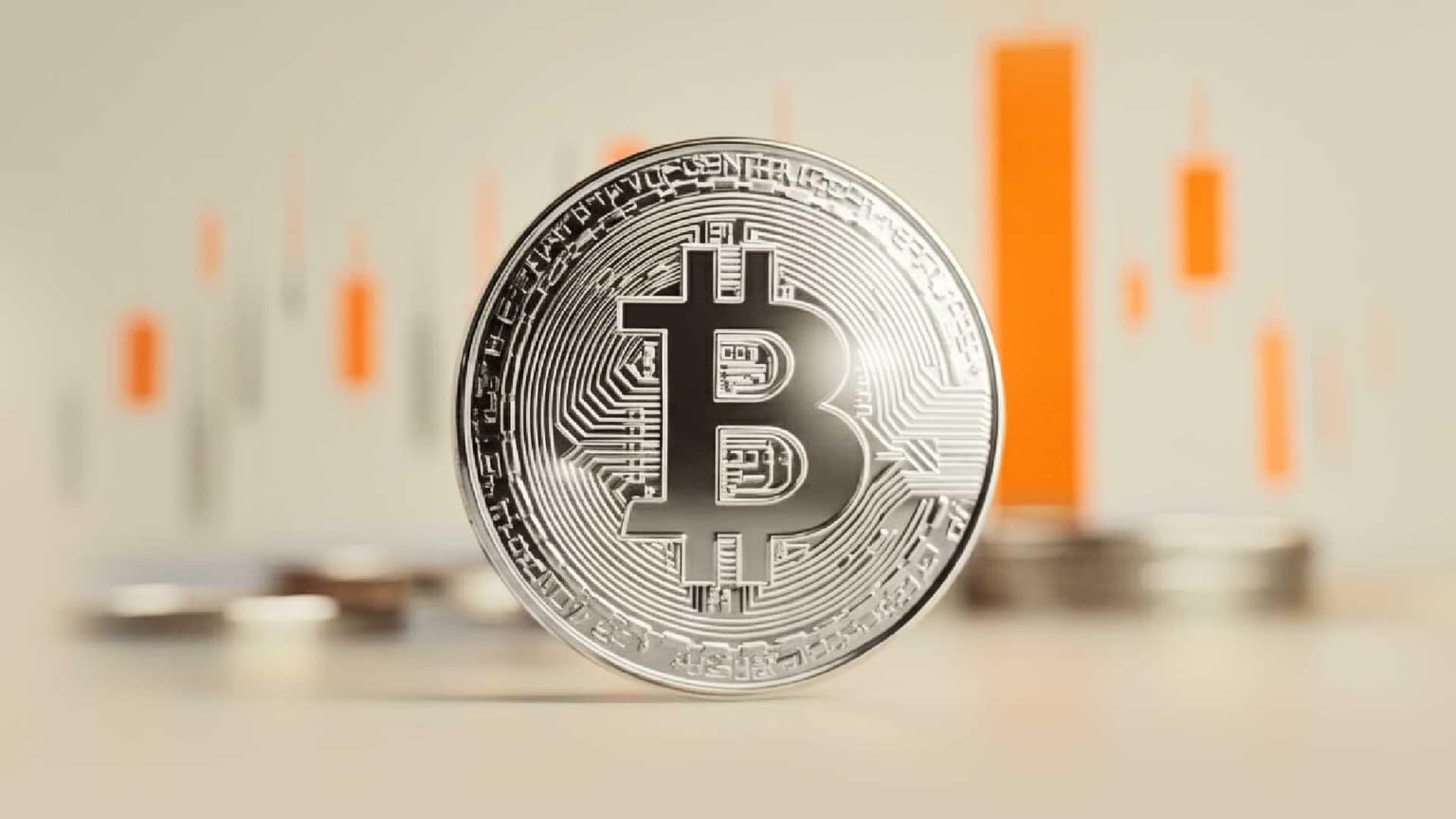Crypto traders fight ransomware hackers, payouts decline 40% to $456.8 million in 2022
- Crypto traders refused to pay ransomware hackers, resulting in a 40% decline in the amount received from victims in 2022.
- Hackers received $456.8 million from their victims in 2022, down from $765.6 million that they pocketed in 2021, based on data from analytics firm Chainalysis.
- The research report from Chainalysis points at a 10.4% drop in attacks and a 40.3% drop in overall ransomware revenue.

Crypto traders refuse to pay ransomware hackers, and their exploit has dropped 40% Year-on-Year from 2021 to 2022. Blockchain analytics firm Chainalysis shared details of funds collected by ransomware hackers in a new report.
Also read: Mysterious investor makes $55,400 in 20 minutes on Binance, insider trading or not?
Crypto traders refuse ransomware hackers, marking year-on-year decline in their collection
Cryptocurrency traders refused to give in to ransomware hackers in 2022. Market participants who were subjected to the attack denied payments to the attackers. In 2022, hackers gained 40% less than the cryptocurrency they pocketed in 2021. A drop from $765.6 million to $456.8 million marked a 40% decline in funds received by hacker’s wallet addresses, according to blockchain analytics firm Chainalysis.
There may be a discrepancy between the actual amount received as not all the crypto wallets are controlled by ransomware hackers. Ransomware researcher Allan Liska noted a significant decrease in the number of attacks between 2021 and 2022, a decline from 2,865 to 2,566. Interestingly, there was a 10.4% drop in attacks and a 40.3% drop in overall ransomware revenue.
The number of malicious programs that attackers used in 2022, exploded. Fortinet, a cybersecurity firm identified 10,666 new ransomware variants in the first half of 2022. This is nearly twice the number when compared to 2021.
Experts believe one of the key reasons for the decline is that cyber insurance firms are less willing to help their clients pay ransoms and insist on more stringent security measures to prevent attacks in the first place. Interestingly, the lifespan of each ransomware code variant is getting shorter over the years. In 2022, the average ransomware strain remained active for 70 days, down from double, 153 days in 2021 and 265 days in 2020.
Author

Ekta Mourya
FXStreet
Ekta Mourya has extensive experience in fundamental and on-chain analysis, particularly focused on impact of macroeconomics and central bank policies on cryptocurrencies.




